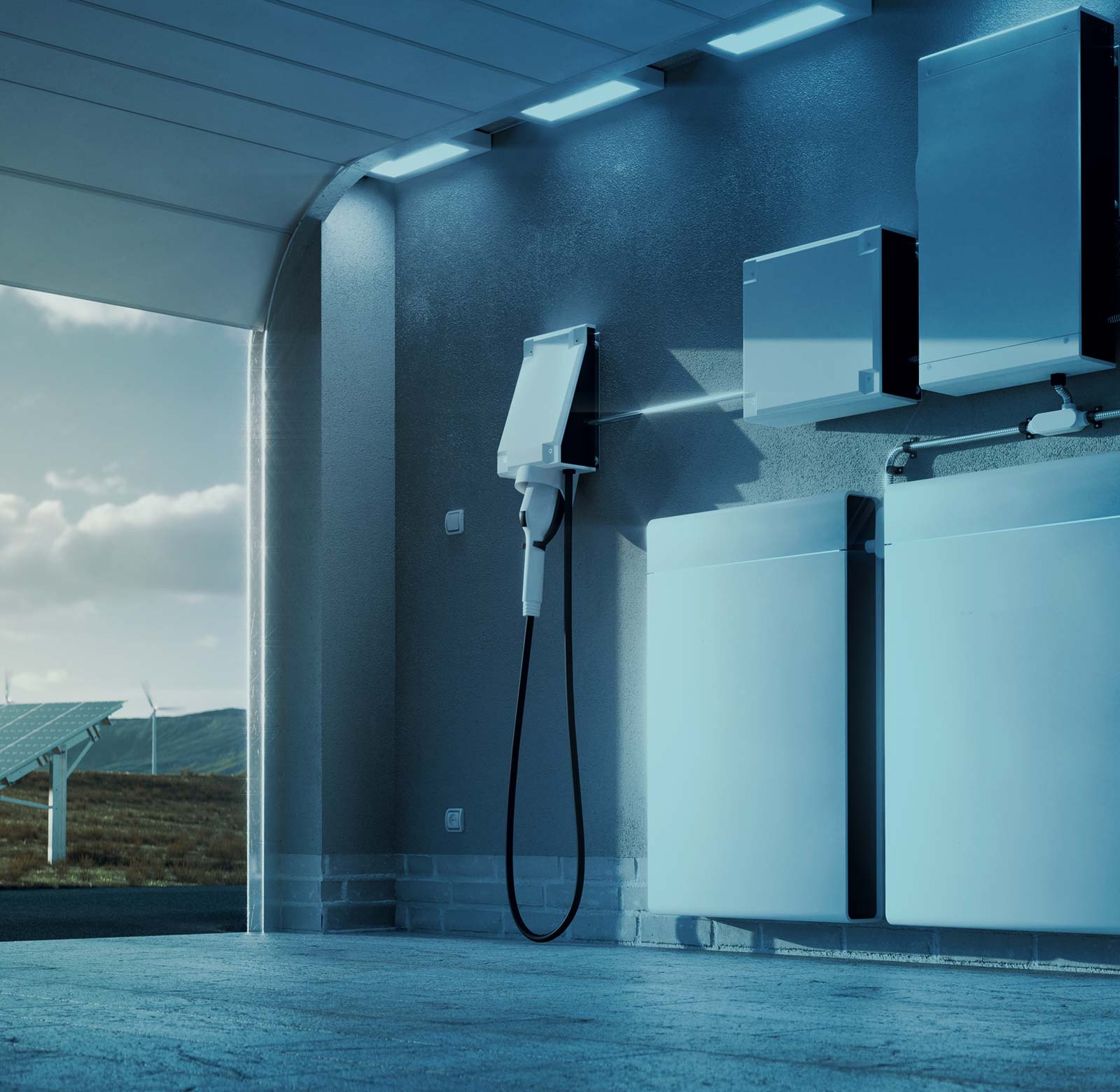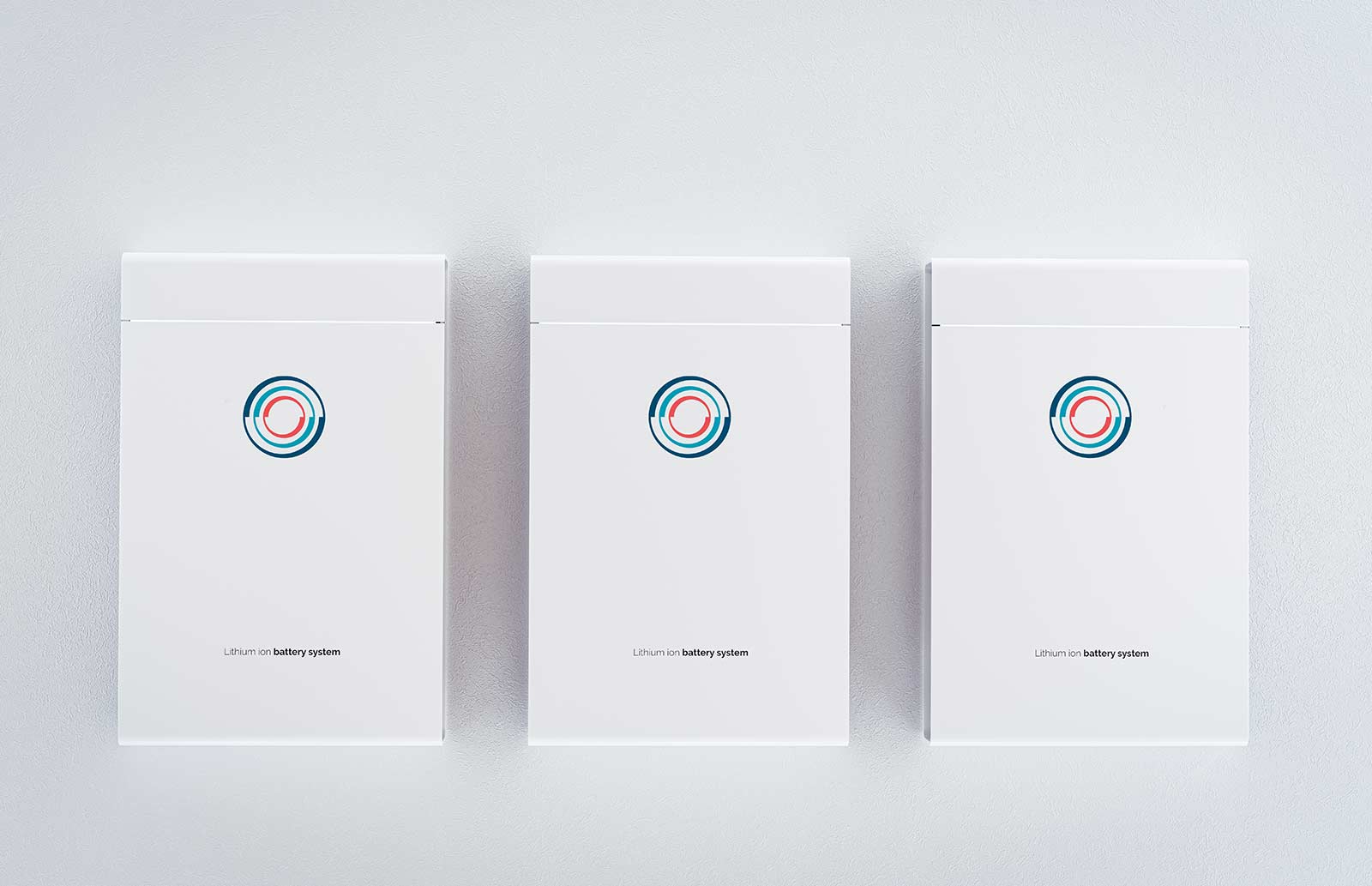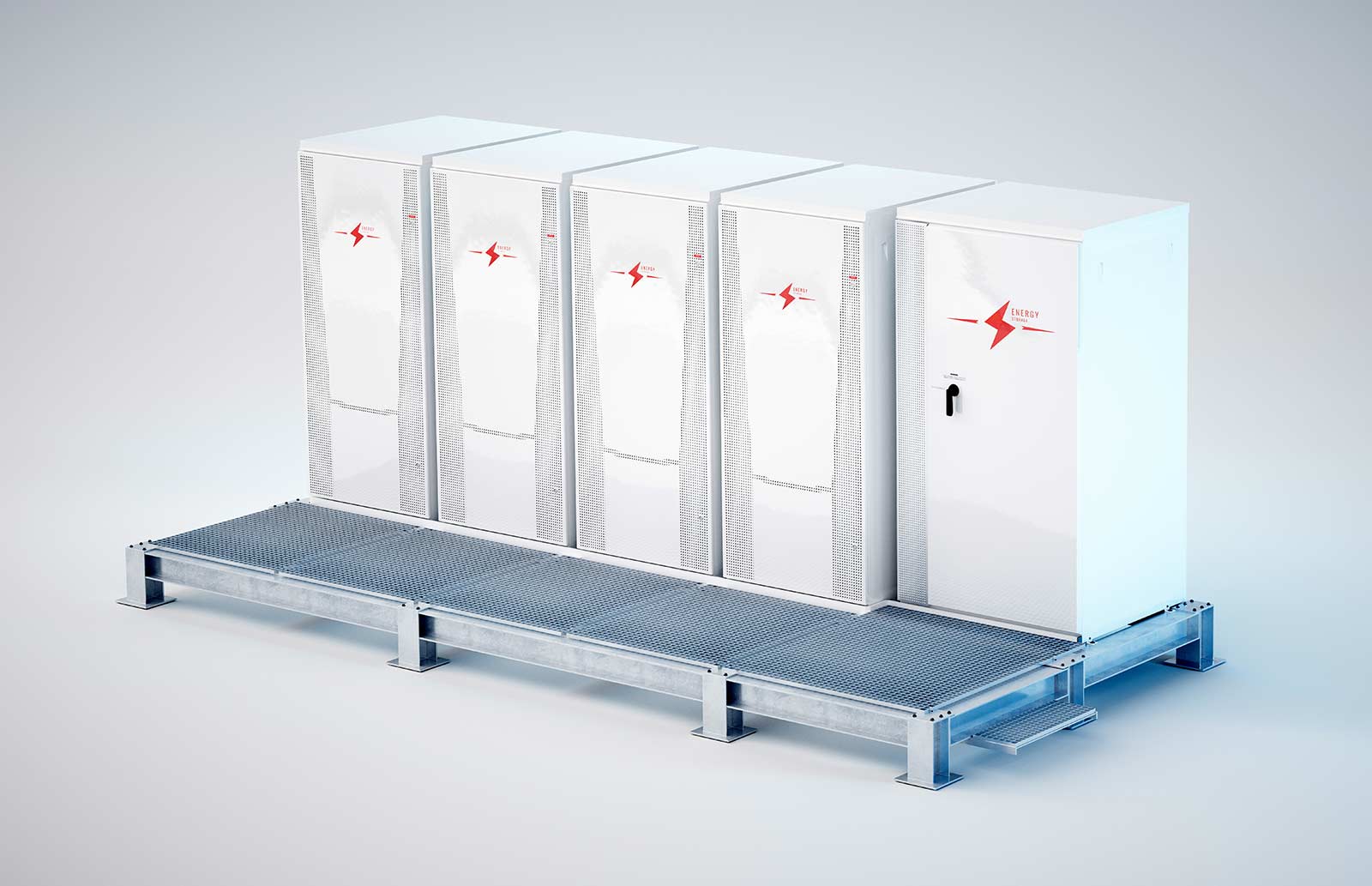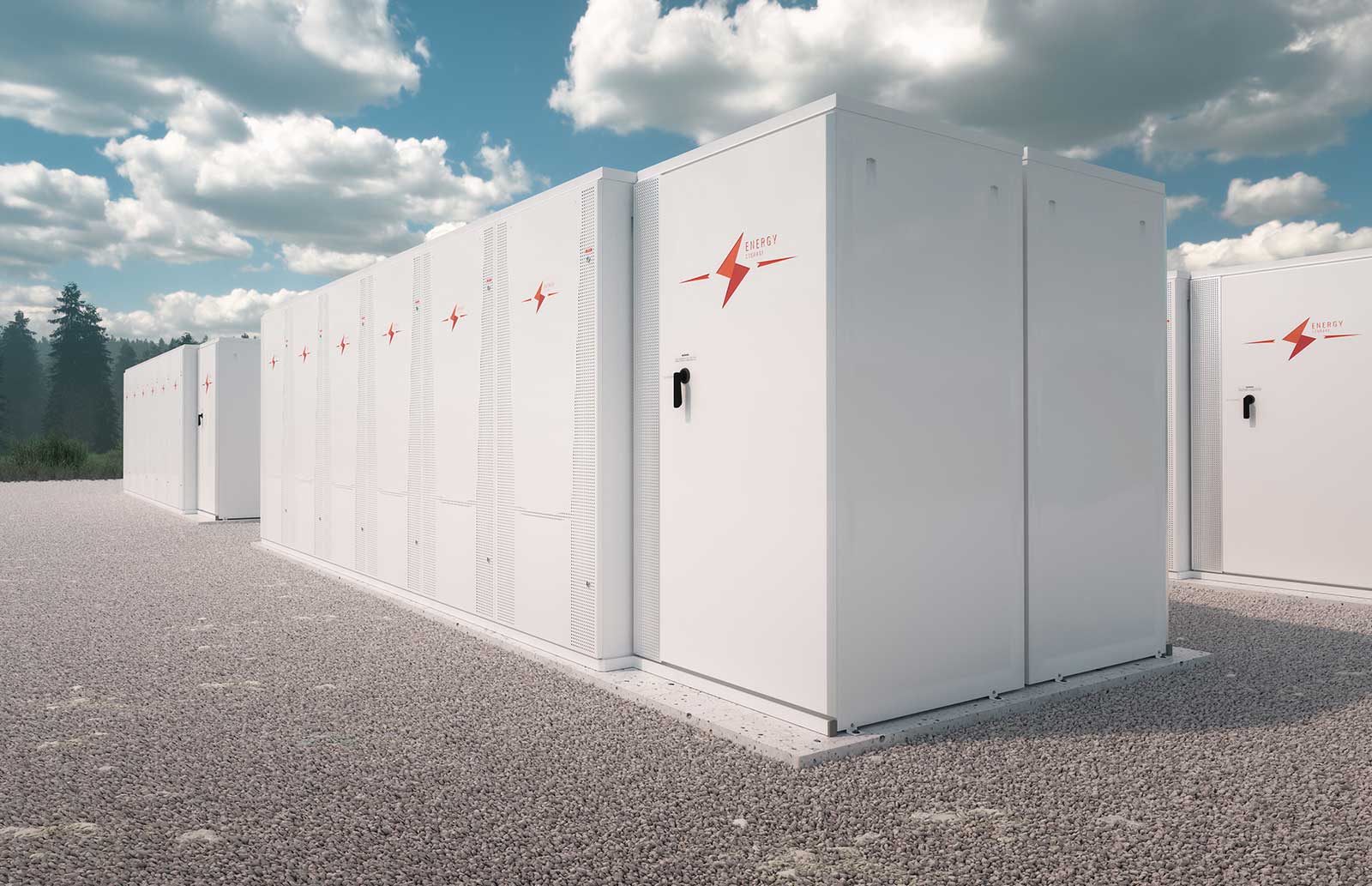Residential and Commercial Storage
Your PV-generator can only supply energy as long as the sun is shining. Using an additional battery storage, you can even use self-produced solar power at night. From now on, you no longer need to feed load exceeding power into the public grid, instead you simply use it to charge your own battery storage unit. Benefit from the high flexibility and use your solar energy exactly when you need it!
Every day, anytime:
Store
Energy.
Power supply during the night or peak shaving of large power demands. Battery storages can be used for many kinds of decreasing grid supply. The dimensioning of the storage system is carried out considering your demands and requirements. Talk to our experts for storage systems.
Knowledge
Battery Storage
Find out more about the growing topic of battery storage in our overview.




